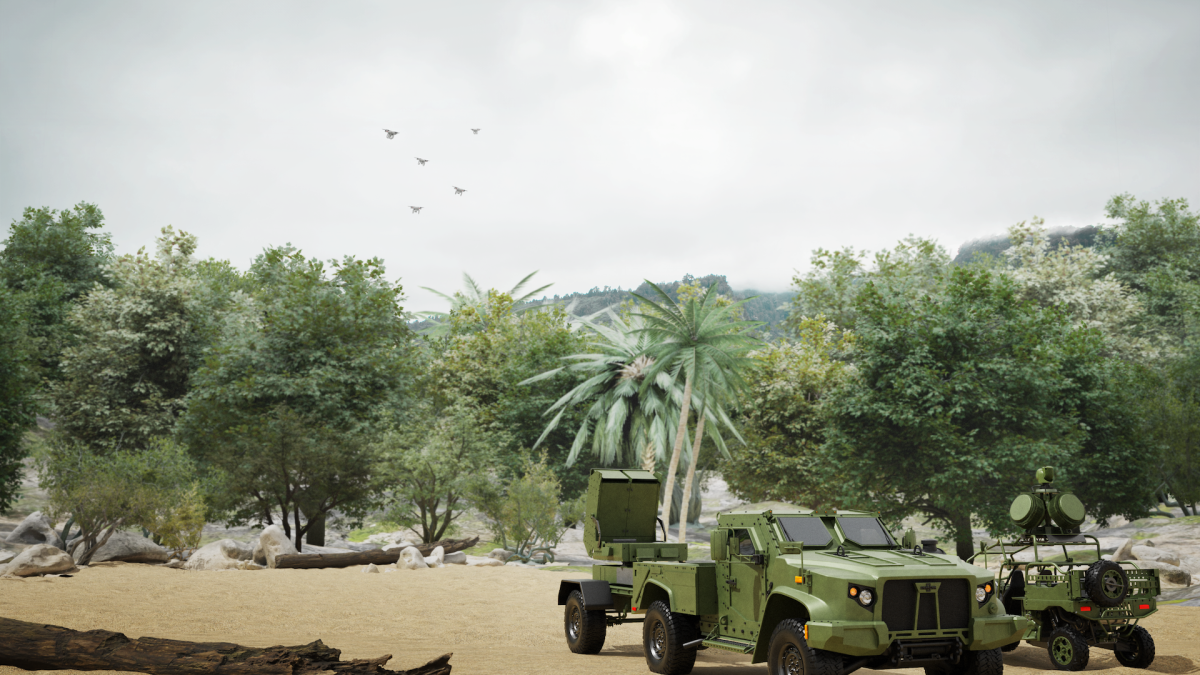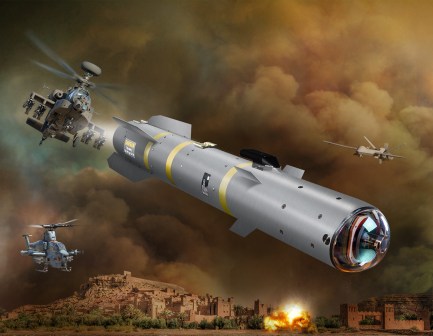Marines to get new drone-killing microwave weapon designed for expeditionary ops

Epirus is slated to provide a new drone zapper to the Marine Corps before the end of the year, the company announced Monday.
The high-power microwave weapon prototype, known as Leonidas Expeditionary, is being developed under a $5.5 million contract as part of the Defense Department’s Expeditionary Directed Energy Counter-Swarm (ExDECS) initiative.
The Office of Naval Research, Marine Corps Warfighting Lab and Joint Counter-small Unmanned Aircraft Systems Office (JCO) are also involved in the effort, according to a press release.
The U.S. military is looking for more cost-effective tools for defeating enemy drones, especially those launched in waves or swarms. Some officials believe that high-power microwaves could fit the bill.
Monday’s announcement comes just a few weeks after the release of Marine Commandant Gen. Eric Smith’s new planning guidance, which noted the need for more counter-drone technologies as the service embraces warfighting concepts known as “stand-in forces” and expeditionary advanced base operations, which would put Marines at risk from adversaries’ unmanned platforms and other weapons.
“We must continue to capture the lessons being learned in blood on active battlefields from Ukraine to the Middle East. We should pay special attention to the increasing importance of … the proliferation and effectiveness of drones, loitering munitions, and uncrewed systems,” Smith wrote. “We will continue to experiment with and invest in burgeoning capabilities that are defining the modern battlefield such as Ground Based Air Defenses, including Counter-small Unmanned Aircraft Systems (C-sUAS), our own sUAS, and loitering munitions.”
Epirus’ new solid-state, long-pulse system is derived from the company’s Leonidas high-power microwave product, according to the company. Other Leonidas-derived prototypes have been acquired for the Army’s Indirect Fire Protection Capability-High-Power Microwave (IFPC-HPM) initiative and the Navy’s Advanced Naval Technology Exercise (ANTX) demonstrations.
The Leonidas Expeditionary is designed to be more compact and lightweight than other variants and to fit on a Joint Light Tactical Vehicle trailer, according to Epirus.
“In a basic sense, ExDECS is a scaled down version of the IFPC-HPM systems with roughly 1/3 the amount of [Line Replaceable Amplifier Modules] for advanced mobility,” a corporate spokesperson told DefenseScoop.
“Line Replaceable Amplifier Module architecture — what we call LRAMs … serve as the essential ‘building blocks’ of all our HPM systems,” they said. “The LRAM architecture mitigates the risk of a ‘single point of failure’ — a common challenge for vacuum-tube-based systems — by enabling graceful degradation to maintain operational effectiveness. The LRAM is also, in part, what unlocks unprecedented scalability for our systems.”
The company declined to provide the exact size and weight of the Leonidas Expeditionary.
Under the contract, Epirus is slated to deliver one ExDECS prototype to Naval Surface Warfare Center Dahlgren later this year for further testing and evaluation, according to the spokesperson.
The press release said the system will be provided to the Marine Corps Warfighting Lab by the end of 2024.
“The program’s future will involve initial integration with the U.S. Marine Corps’ Common Aviation Command and Control System (CAC2S), along with field experimentation and multi-platform testing in expeditionary scenarios to enhance USMC’s Ground Based Air Defense Capabilities,” per the release.






